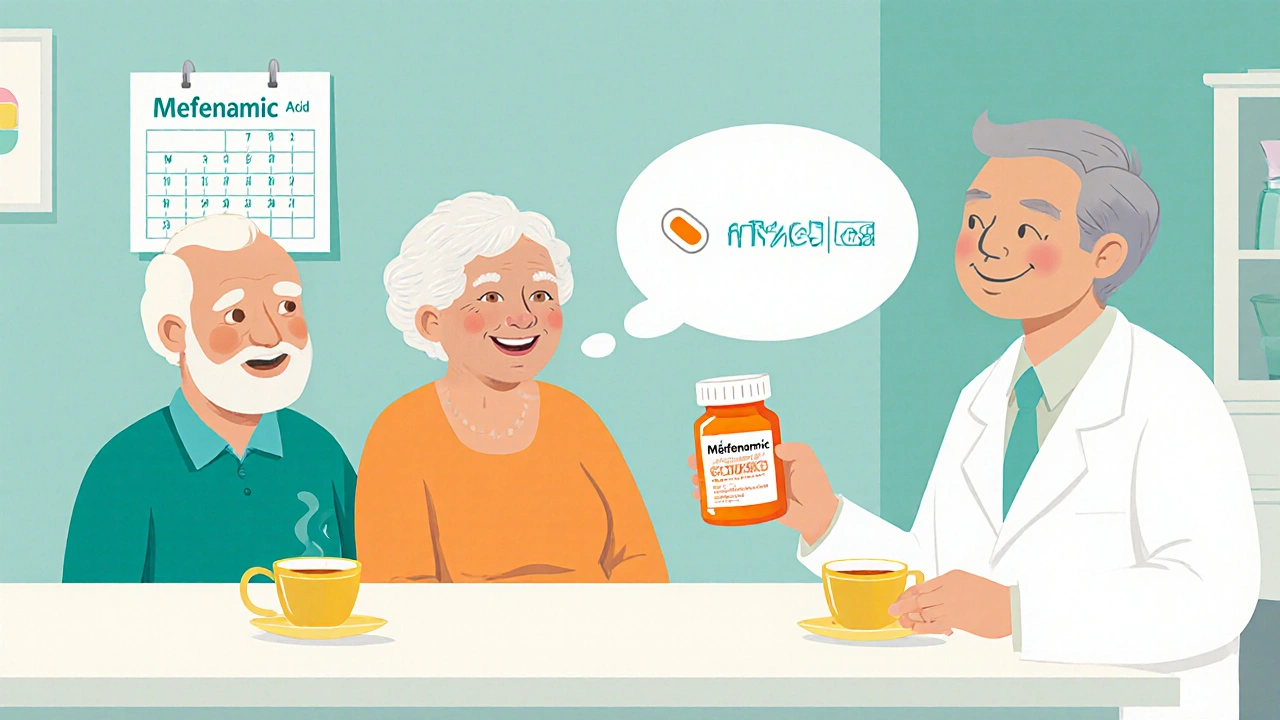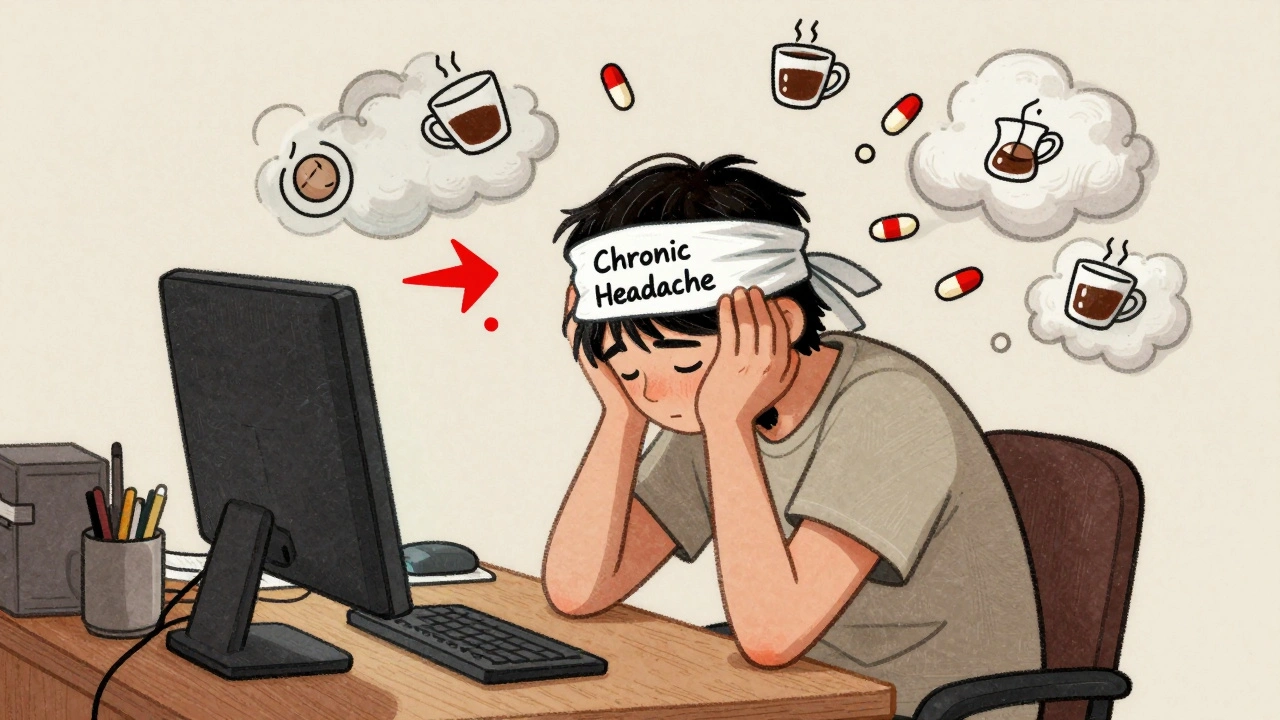Elderly Dosage: Safe Medication Adjustments for Older Adults
When talking about elderly dosage, the practice of tailoring drug amounts for people aged 65 and over to reduce side effects while keeping effectiveness. Also known as senior dosage, it mixes medical judgment with everyday realities of aging.
Key Factors When Determining Elderly Dosage
One of the first things clinicians check is dosage adjustments, modifications of the standard dose based on age‑related changes in body composition and organ function. Adjustments are not random; they stem from a clear relationship: elderly dosage requires dose reduction when kidney clearance drops. This is why renal function, how well the kidneys filter waste and drugs becomes a deciding factor. If a senior’s glomerular filtration rate (GFR) falls below 30 mL/min, many antihypertensives, antibiotics, and anticoagulants need a lower starting dose.
Another major player is polypharmacy, the use of five or more medications simultaneously. Polypharmacy increases the risk of drug‑drug interactions, which can amplify side effects or blunt therapeutic benefits. Because older adults often juggle heart meds, diabetes pills, and pain relievers, the total drug load directly influences the chosen elderly dosage. A practical tip is to review the entire regimen before adding a new prescription; sometimes simply stopping a non‑essential drug lets the essential one stay at a safer dose.
Underlying all these considerations is geriatric pharmacokinetics, the study of how aging alters drug absorption, distribution, metabolism, and excretion. As muscle mass shrinks and body fat rises, lipophilic drugs may linger longer, while hepatic metabolism often slows. This means a drug that works at 10 mg in a younger adult might need 5 mg for an older patient, or the dosing interval may extend from once daily to every other day. Understanding these shifts helps clinicians apply the right dose without over‑ or under‑treating.
Putting it all together, elderly dosage encompasses dosage adjustments, hinges on renal function, balances polypharmacy, and relies on geriatric pharmacokinetics. Below you’ll find a curated list of articles that break down these concepts for specific medicines—blood pressure pills, antibiotics, cholesterol reducers, and more—showing exact numbers, safety tips, and real‑world examples. Dive into the posts to see how each factor plays out in everyday prescribing and empower yourself to make safer medication choices for seniors.

Mefenamic Acid in Seniors: Safe Dosage, Risks, and Guidelines
A practical guide on using mefenamic acid safely in seniors, covering dosage limits, key risks, monitoring tips, and alternative pain options.





